Description
The ruins of the ancient city of Amantia are located on the ridge and the outskirts of the hill, where the village of Ploca is located. The maximum height of the hill reaches 613 m above sea level. This city is first mentioned in ancient sources, in the middle of the 4th century B.C. The Amantes people were invited by Delphis people to take part in the Pythian competitions in the years 220-189 BC, along with other important centers of Southern Illyria and Epirus. The city experienced an economic and cultural flourishing during the Hellenistic period, and in 230 BC they had already their currency. During Roman rule, at the time of the civil wars between Caesar and Pompey, the Amantes supported Caesar. It is mentioned in late antiquity as the center of an episcopate. The ruins of a paleochristian basilica date back to this period. Amantia is on the list of refortified centers by the Byzantine emperor Justinian I (527-565). Its political-administrative organization is similar to that of the colonial cities of Apollonia and Epidamn-Dyrrakion. The main magistrate was the prytaneus. There was also a city council or Bule and a council secretary. The city had a group of people who took care of organizing sports games. Amantia was also the administrative center of the Amanti community stretched between the Vosa and Shushica rivers, which included fortified centers such as Kanina, Triporti, Cerja, Armeni, Matohasanaj, Hadèraj and Olympe in Mavrova.
Location
-
Amantia Ruins

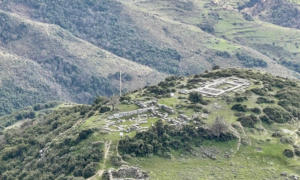
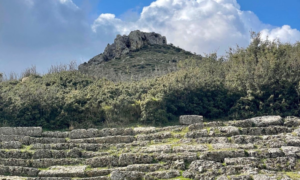
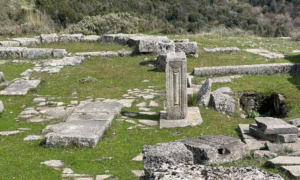
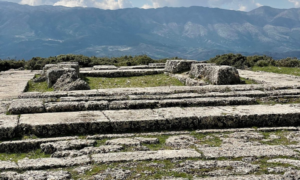
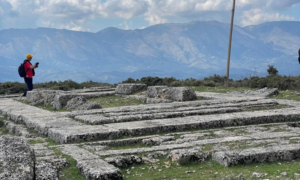
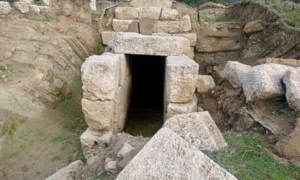
Add a review